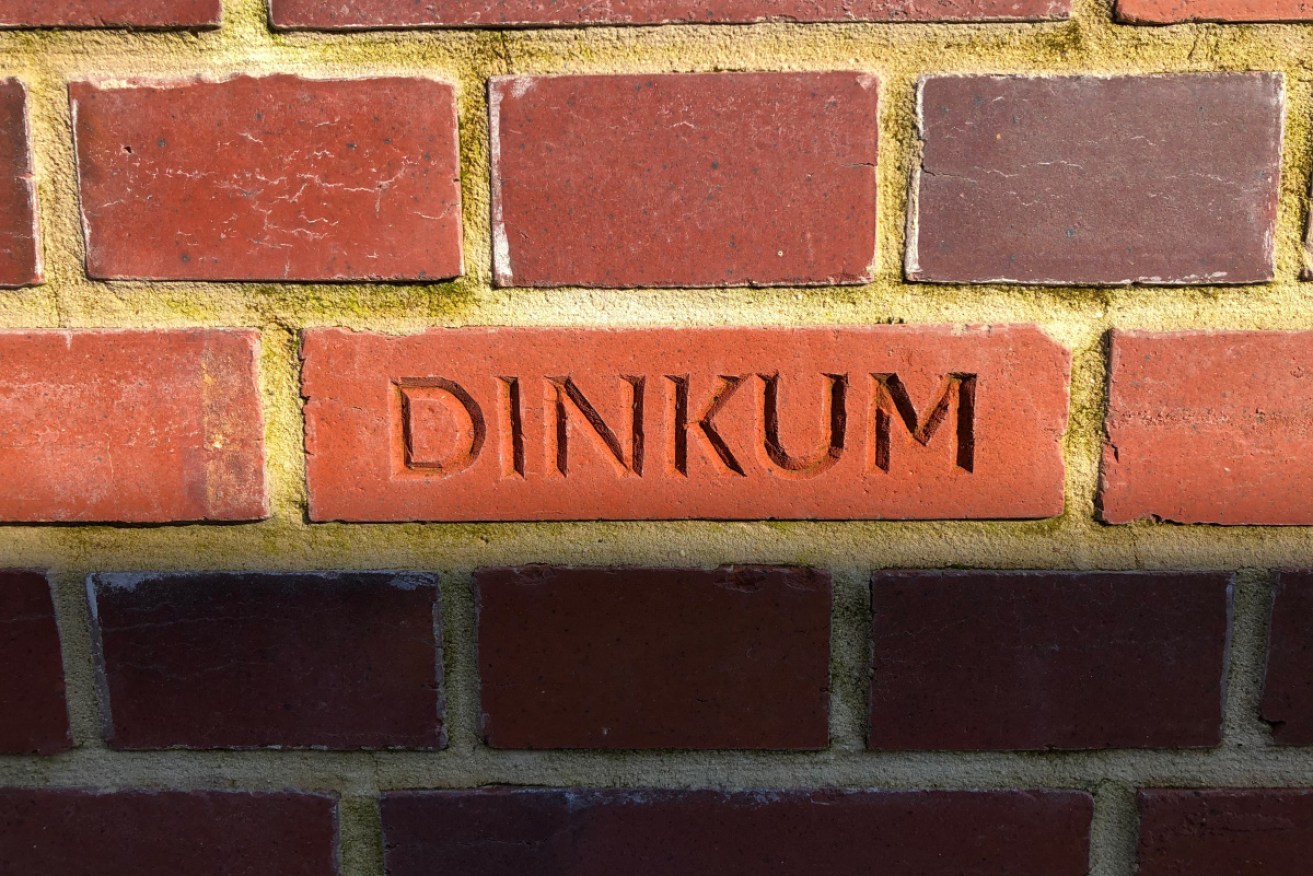‘Do not forget Australia’, but in the Anzac push a nation forgets itself


Bricks at the John Monash centre at Villers-Bretonneux in France. Photo: Andrew Tate
For visiting Australians it has long been a source of pride that the French school children of Villers-Bretonneux play under a green and gold sign that reads ‘Do not forget Australia’.
On April 24, 1918, an estimated 2400 Australians died recapturing the town in what is now considered a turning point in World War I.
In the aftermath, the town’s school was rebuilt using money raised by Victorian children.
And in 1938 a strategic hill outside of town was dedicated as the western front’s main Australian war memorial, listing almost 11,000 AIF soldiers with no known grave.

At rest: Villers-Bretonneux graves in France. Photo: Andrew Tate
For many years Villers-Bretonneux was a quiet, peaceful place of reflection for those following the trail of ANZAC (Australian and New Zealand Army Corps) sacrifice in France.
As the annual commemorations at Gallipoli turned into a tour bus nightmare – disgracefully featuring stadium seating and big screens for a better view – Villers-Bretonneux retained a dignity befitting a nation that once prided itself on being laconic and humble.
One hundred and one years on, those qualities – it seems – no longer cuts it for many of us.
Nowadays, quiet reflection has turned to televised platitudes from endless military historians, flown-in politicians and a stream of earnest cape-wearing randoms.
In 2018 Villers-Brettoneux’s quiet hilltop graves were joined by the Abbott government’s $100 million commemorative centre named after the truly innovative General Sir John Monash.
The centre itself is artfully hidden away under the original memorial, but there’s no disguising what it says about our leader’s 21st century obsession with supersizing all things Anzac.

A big-screen commemorative experience at the Sir John Monash centre. Photo: Andrew Tate
As a visitor to the cemetery in 1997 I was struck by the Australian memorial’s quiet isolation despite its monumental layout and proportions.
Now visitors are confronted by a car park and a stone wall with confusing signage urging the download of a mobile phone app.
There’s no free wi-fi though, so 2019 pilgrims without data coverage find themselves pondering whether the free museum is open, closed or just inaccessible.
The effect is to burden the mind with thoughts of what lies beyond on the hill, where previously the focus was on the rows of neatly tended graves.
Once at the threshold of the Monash centre, the path leading behind the memorial is lined with bricks imprinted with vernacular that is uniquely old Australia, but jarringly cliched in such a setting.

‘Furphy’: A story that may or may not be true. Photo: Andrew Tate
“Mates”, “Cobbers”, “Furphy” and “Dinkum” in this context read more like signposts to an age when Australians eschewed grandiose displays of our nation’s uniqueness and self-worth.
Inside, the impressive architecture houses interactive displays, five dollar chocolate eclairs and three French employees – meaning on this day there’s an employee for every two visitors.
Many of the computerised elements on show encompass issues about Australian life that barely get an airing in our domestic political debate except as dotpoints in the self-defeating ‘culture wars’ – immigration, the flag, representative democracy. All interesting stuff, but bizarrely out of time and place.
While having this moment in the French countryside one wonders why the only question not being illuminated is how military employment ended up being elevated – US-style – to the highest form of modern-day service to the Australian people?
Health staff, paramedics, police and fire officers face the ugly realities of modern Australia on a daily basis, with $100 million not a bad foundation to start giving these heroes some back up.

The Australian memorial at Villers-Bretonneux. The $100 million Sir John Monash centre is built underneath. Photo: Andrew Tate
Instead, there are huge video screens that provide a disconcerting view of how our national memory is being kept and built upon.
Where, only a few decades ago, reading and reflection once illuminated the trials of the soldiers’ experience, now computer-animated war scenes are played out to the fizz of bullets and high octane explosions.
In a hermetically sealed theatrette, dry ice smoke even rises from the floor to ensure you get the message – bad stuff happened in the war and our boys were heroes on the western front.
Replaying the battle of Villers-Bretonneux like a Call of Duty video game may be a good way to engage the kids, but it is certainly a poor cousin to real commemoration.
Beware then of War memorial chief and ex-Liberal leader Brendan Nelson’s $500 million revamp of the Australian War Memorial in Canberra, which looks set to take the Disneyfication of the Anzac story to even greater heights.
The graves out front of the Sir John Monash centre say so much more and deserve better than a commemorative arms race in hokey nationalism.
The dinkum blokes lying there with their cobbers would know a furphy when they see one.
They did their job. Let them rest quietly and without the modern spin and hand-on-heart theatrics.
Do Not Forget Australia? It seems we already have.
Andrew Tate’s great-uncle, Ernest James Tate of Diggers Rest, landed at Gallipoli, aged 27, with the AIF 16th Battalion, 1st Reinforcement on April 25, 1915, and was killed a week later at Quinns Post. He has no known grave.








